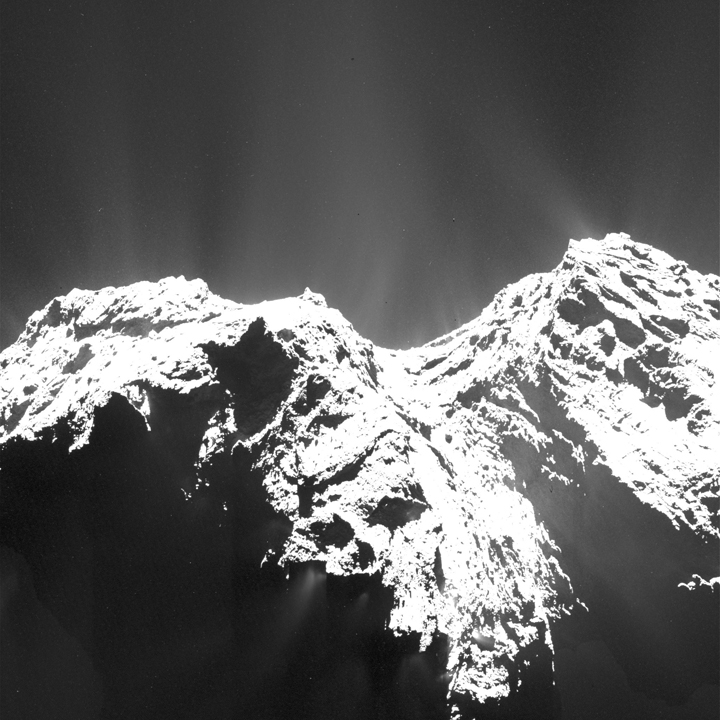2015 was filled with a lot of exciting science stories. But here are some you may have missed.

Pluto findings
While many people have been enjoying the breathtaking images coming in from NASA’s New Horizons spacecraft — which made its closest flyby of Pluto in July — there’s much more to just pretty pictures.
The science that the spacecraft is collecting is essential in helping to determine how our solar system formed. And while some may not find that useful information, it also helps to explain why we are here.
Some of the mysterious findings so far has been an atmosphere far thicker than planetary scientists had envisioned as well as a blue sky. There are also signs that the dwarf planet has undergone recent geological activity and may harbour ice volcanoes.
Chance of giant solar flare
Our sun is constantly churning with activity. Those northern lights that you might enjoy seeing every so often? A product of solar flares, coronal mass ejections (CME) or coronal holes which belch out particles from the sun that are, in turn, carried along the solar wind towards Earth (depending on the position of our planet in relation to the sun).
READ MORE: How solar storms could leave us in the dark

Get breaking National news
Solar flares are strongly associated with CMEs. While the particles from the CMEs interact with our planet’s magnetosphere, it’s the solar flare that can cause radio blackouts, disrupt satellites and pose a danger to astronauts.
A recent study found that while not a given, our sun could produce a solar flare 1,000 times more powerful than we’ve ever seen before.
To put it in perspective, a powerful solar flare that produced a CME in 1989 knocked out power across Quebec. That solar flare was believed to be somewhere above X10 range, which is technically the highest on the X-class measurement of solar flares (they range in strength from C to M to X). A solar flare 1,000 times more powerful could be catastrophic in a world that relies so heavily on technology.
Comet 67P/Churyumov-Gerasimenko and Rosetta
The Rosetta mission, which reached the comet 67P/Churyumov-Gerasimenko in November 2014, is still continuing to provide a better understanding into comets and, ultimately, the formation of our solar system.
Many beautiful, high-definition photos of Comet 67P have been released from the Rosetta spacecraft, but the science is just beginning.
In October, Rosetta detected an outpouring of several gases from the comet, including water vapour, carbon monoxide and even “nitrogen-, sulphur- and carbon-bearing species” and argon. These findings are important because it is helping astronomers better understand the role comets have played in the formation of our solar system, but more importantly, how they could be responsible for bringing various ingredients for life to Earth. Basically, this ongoing mission is helping us understand how we may have gotten here.
Hawaii’s Thirty Meter Telescope
Plans to build this giant $1.4 billion telescope have been in the works since 2003, with Canada investing $243.5 million.
Though the plans were approved by the local government after consultation with local and state authorities, protesters took to social media in 2015 to oppose the plans, concerned that another telescope on Mauna Kea — home to 13 working telescopes — was being built on sacred ground.

Based on those concerns, the Hawaii Supreme Court invalidated the permit on Dec. 2.
READ MORE: Eyes on the universe: What the investment in a giant telescope means to Canadians
Astronomers are concerned that the loss of a telescope in what is concerned a prime scientific location could result in the loss of valuable insight into better understanding the formation of our universe.











Comments